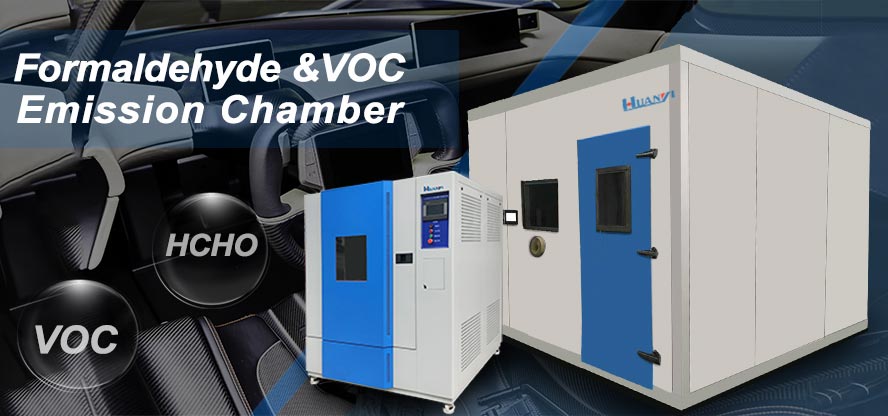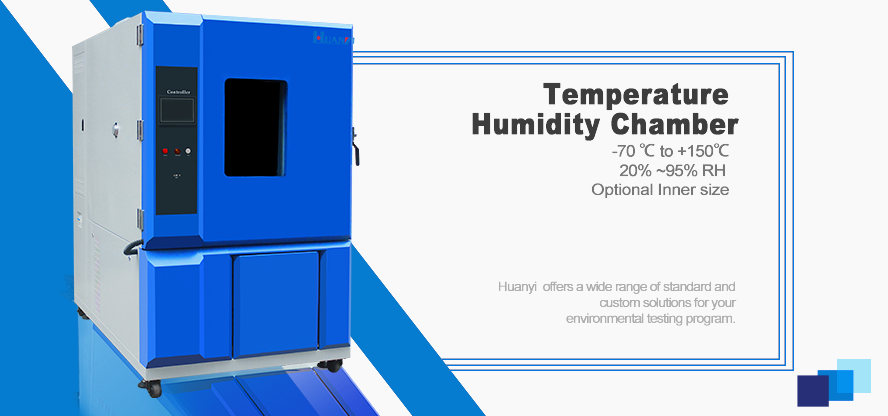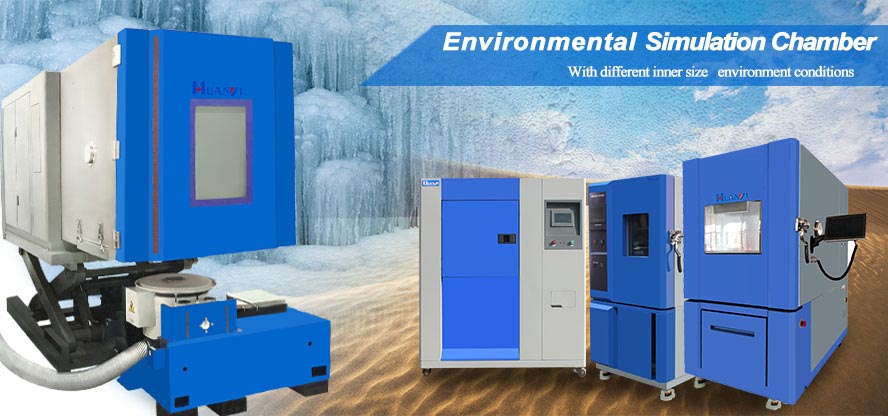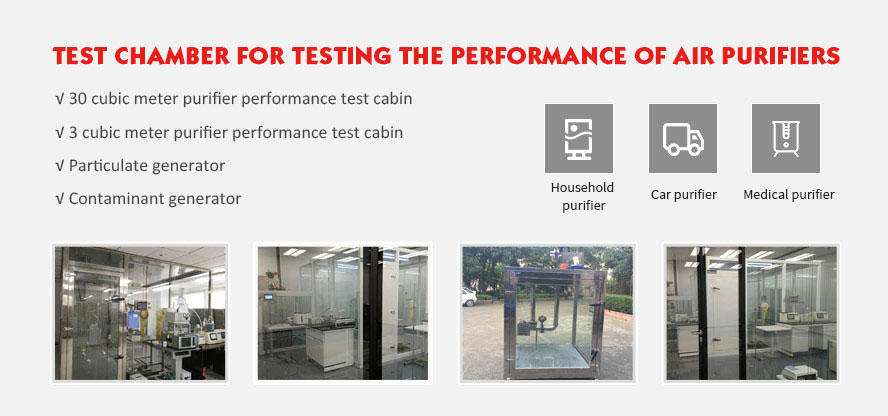Standard Test Method for Determining Formaldehyde Concentrations in Air and Emission Rates from Wood Products Using a Large Chamber Terminology and Significance and Summary of Test Method
3. Terminology
3.1 Definitions of Terms Specific to This Standard:
3.1.1 air change rate—the ratio of hourly conditioned and filtered outside air brought into the chamber, and chamber volume measured in identical volume units (normally expressed in air changes per hour, AC/h).
3.1.2 emission rate—formaldehyde emissions per area of exposed surface of tested product in the large chamber per time duration of air sample, normally expressed in mg/(m2·h).
3.1.3 loading ratio—the total exposed surface area (not including panel edges) of each product divided by the test chamber volume.
4. Significance and Summary of Test Method
4.1 Significance and Use:
4.1.1 Limitations on formaldehyde concentrations in air have been established for some building products permanently installed in manufactured and conventional homes. This test method provides a standard means of testing typical product
sizes, such as 1.2 by 2.4 m (4 by 8 ft) sheets, at product loadings consistent with product end use.
4.2 Summary of Test Method:
4.2.1 This test method incorporates a chamber of 22 m3(800 ft3) minimum size to evaluate formaldehyde concentrations in air and emission rates from building products over a specified duration of time. This test method employs a single set of environmental conditions but different product loading ratios to assess formaldehyde concentrations in air and emission rates from certain wood products. Conditions controlled in the procedure are as follows:
4.2.1.1 Conditioning of specimens prior to testing,
4.2.1.2 Exposed surface area of the specimens in the test chamber,
4.2.1.3 Test chamber temperature and relative humidity,
4.2.1.4 Number of air changes per hour, and
4.2.1.5 Air circulation within the chamber.
4.2.1.6 At the end of a 16- to 20-h period in the test chamber, the air is sampled and the concentration of formaldehyde in air and emission rate are determined.
NOTE 3—Care must be exercised in the extension of the results to formaldehyde concentrations in air and emission rates from products under different conditions of air change rate or loading ratio, or both.
DONGGUAN HUANYI INSTRUMENTS TECHNOLOGY CO., LTD









